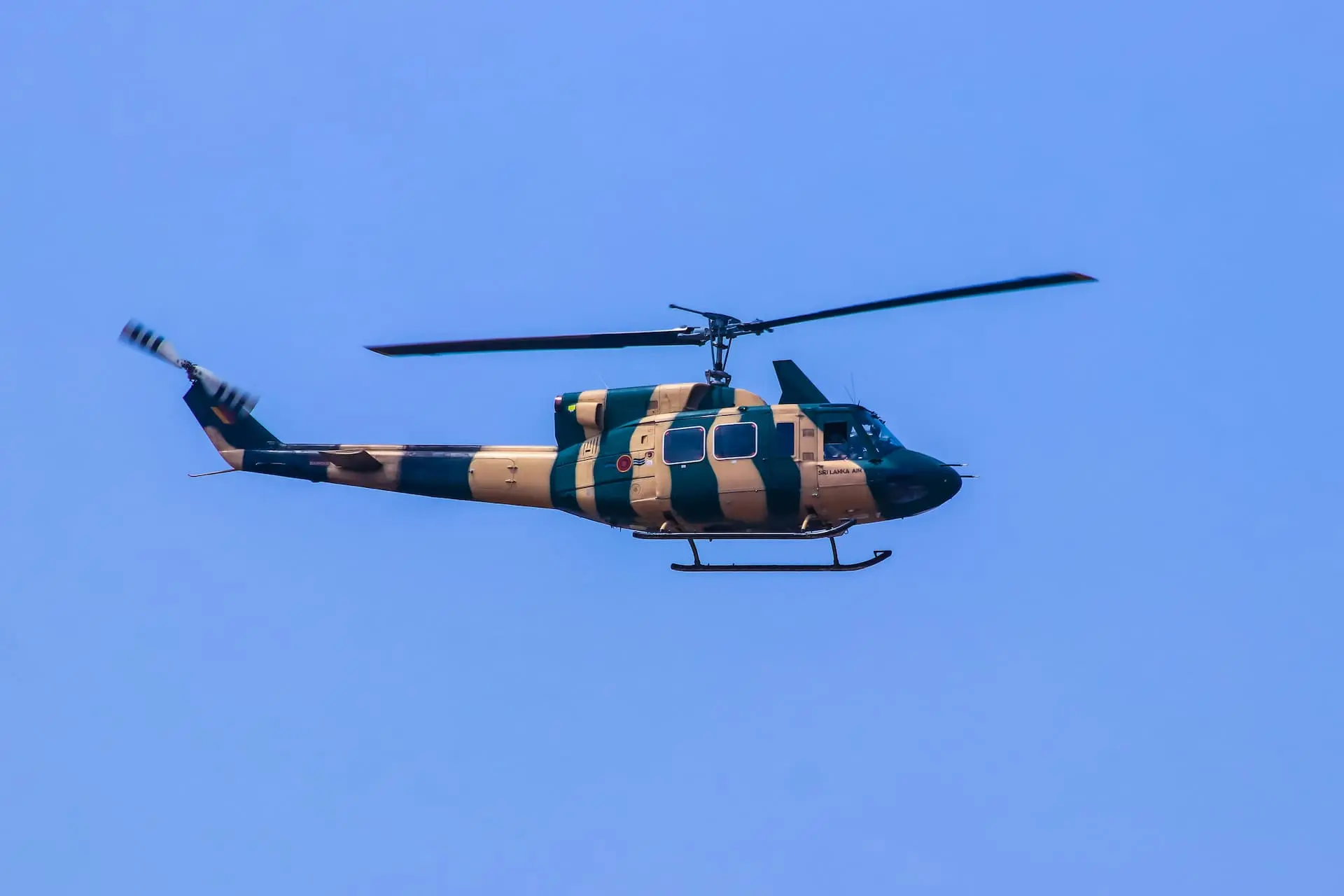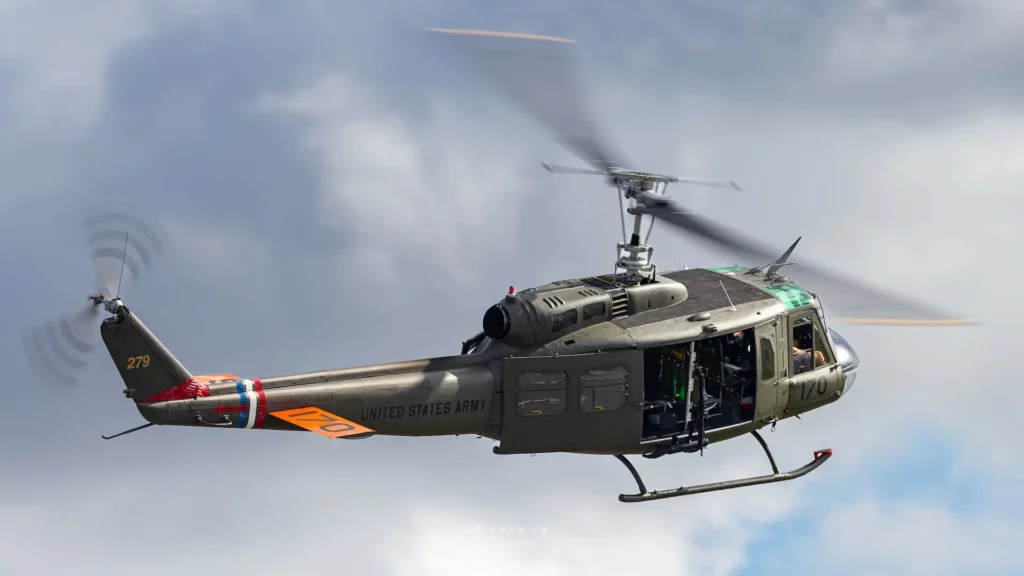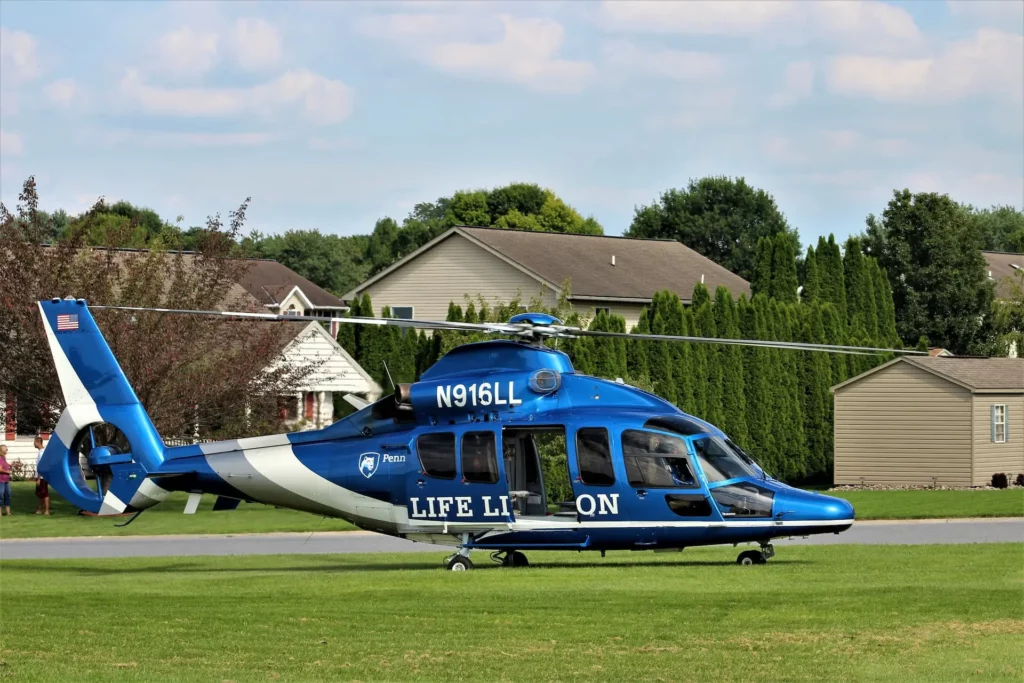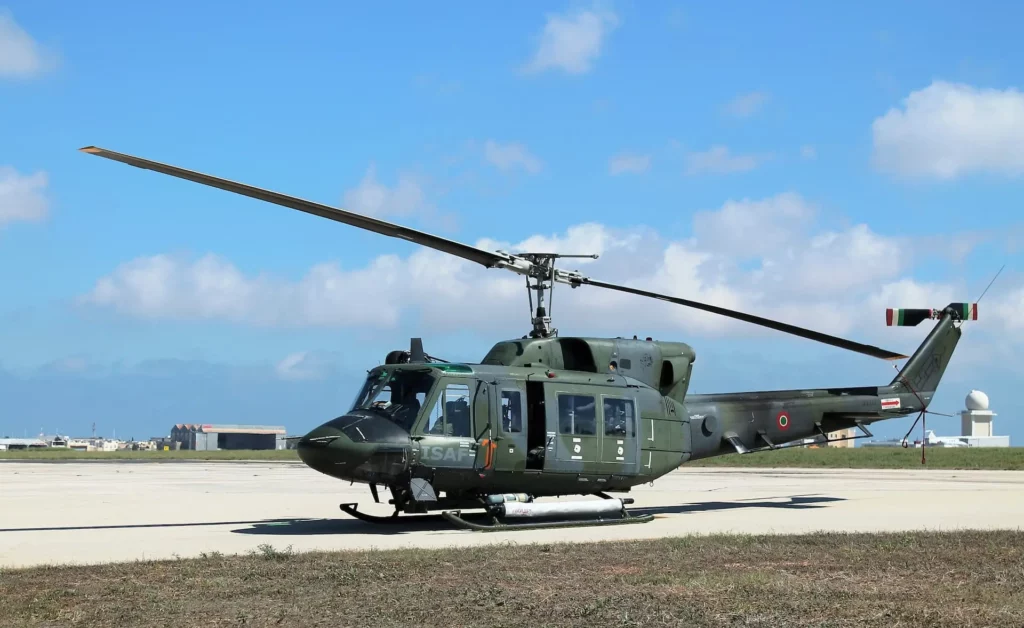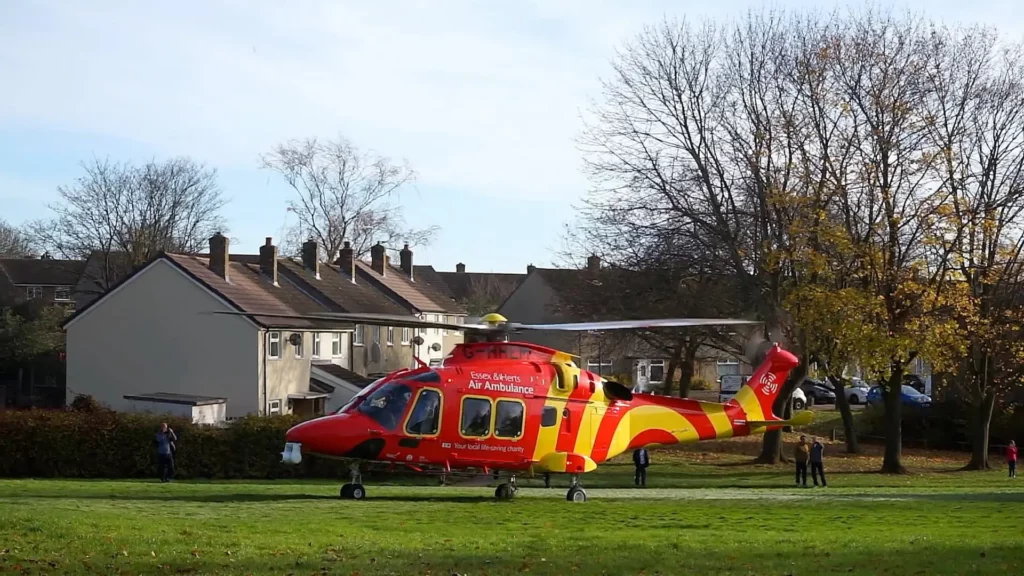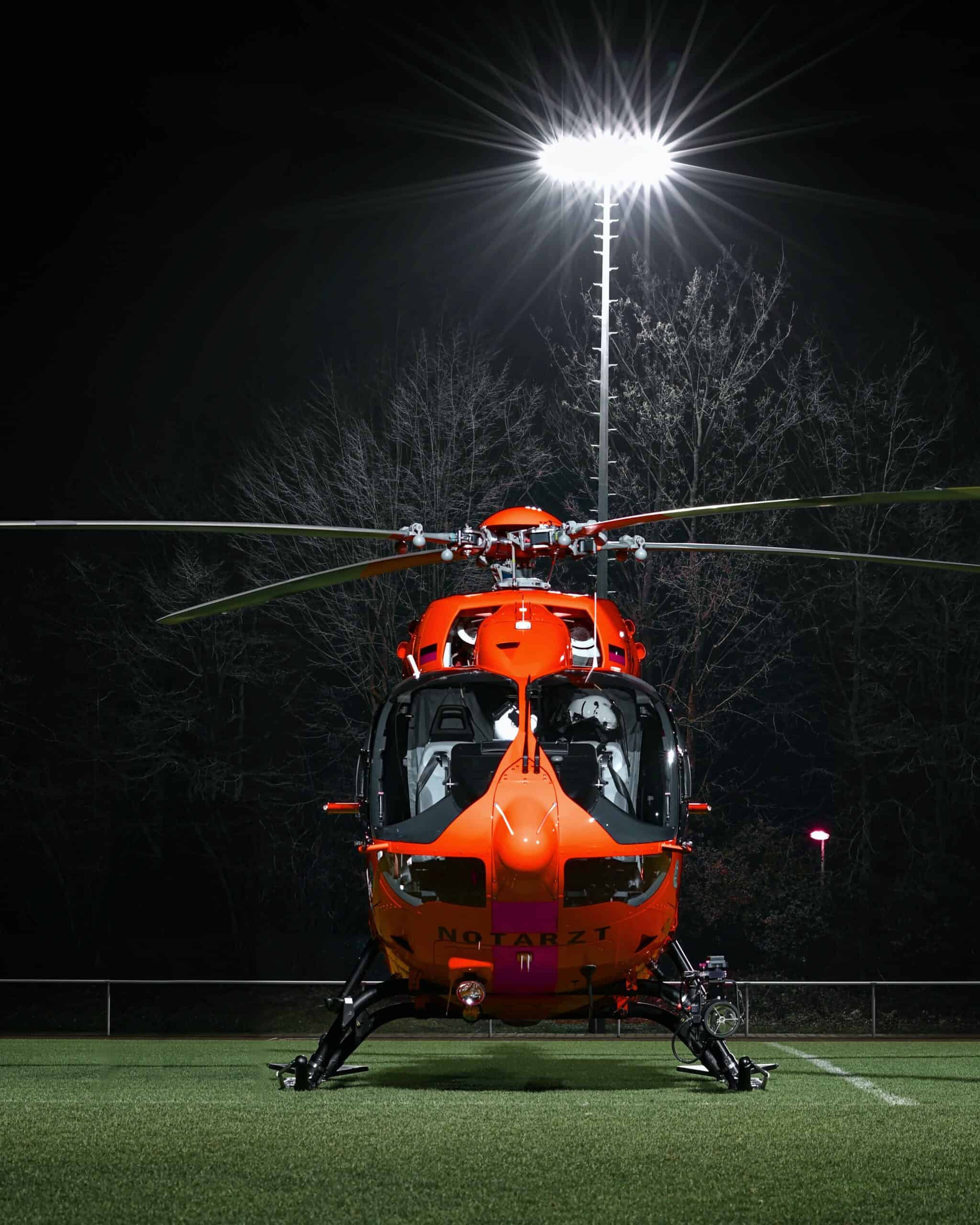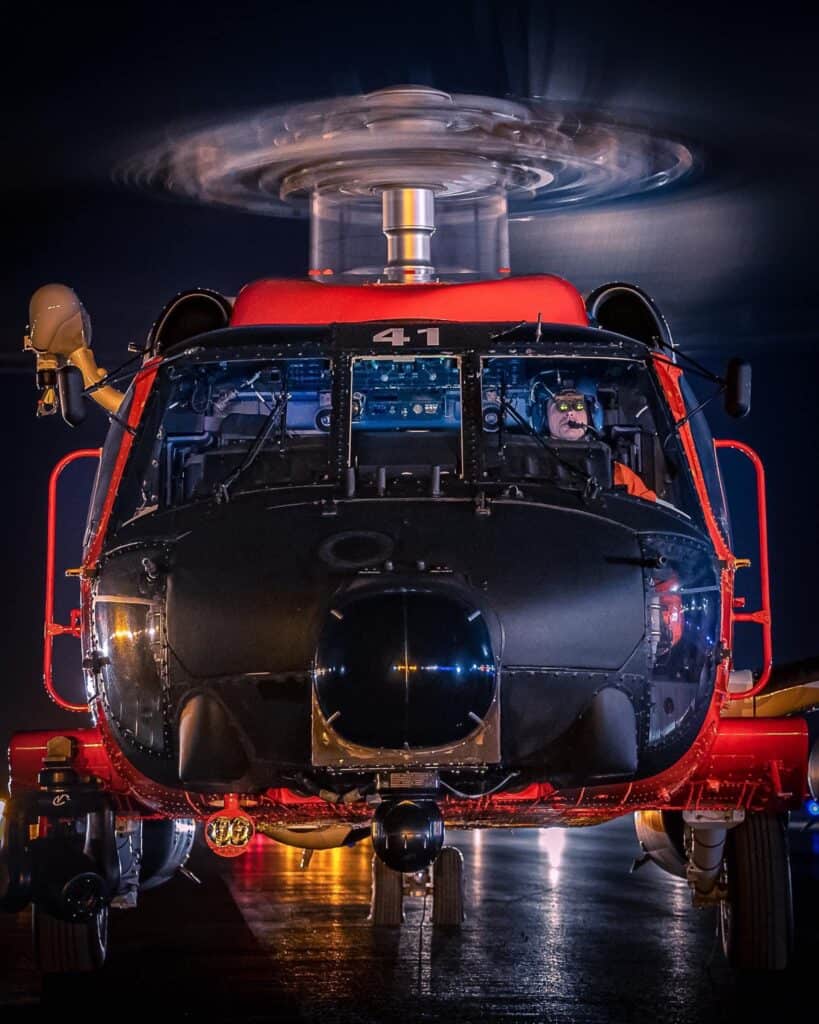The iconic image of a helicopter, its blades whirring as it gracefully maneuvers through the air, is a testament to human ingenuity and a revolution in flight. But the journey from dream to reality wasn’t always smooth, filled with countless experiments, breakthroughs, and even a few setbacks. Let’s embark on a brief exploration of the fascinating history of the helicopter, highlighting its evolution and the significant contributions that shaped this remarkable aircraft.
Early Aspirations: Taking Inspiration from Nature
The concept of vertical flight has captivated minds for centuries. As early as 400 CE, historical records from China mention a kite that utilized a rotary wing for lift, foreshadowing the principles of the helicopter. Leonardo da Vinci, the renowned polymath, sketched a spiral airscrew design in the 15th century, further igniting the imagination of future inventors.
The Quest for Powered Flight: From Steam to Internal Combustion
While these early ideas laid the groundwork, the challenge of realizing powered vertical flight remained. In the 19th century, inventors like Henri Giffard and Sir George Cayley experimented with steam-powered helicopter designs, achieving limited success. The limitations of steam power, however, necessitated a shift towards more efficient energy sources. The invention of the internal combustion engine in the late 19th century proved to be a game-changer. Pioneering figures like Emile Berliner and Igor Sikorsky incorporated these engines into their helicopter designs, paving the way for more practical and powerful machines.
Milestones and Breakthroughs: The Rise of Practical Helicopters
1907: Paul Cornu successfully lifted the first tethered helicopter off the ground, marking a significant milestone.
1912: Jacob Ellehammer achieved the first free flight of a helicopter, albeit for a brief duration.
1923: Juan de la Cierva developed the autogyro, a precursor to the helicopter that utilized unpowered rotor blades for lift and a separate engine for propulsion.
1939: Igor Sikorsky unveiled the VS-300, the first truly controllable and practical helicopter, laying the foundation for modern helicopter design.
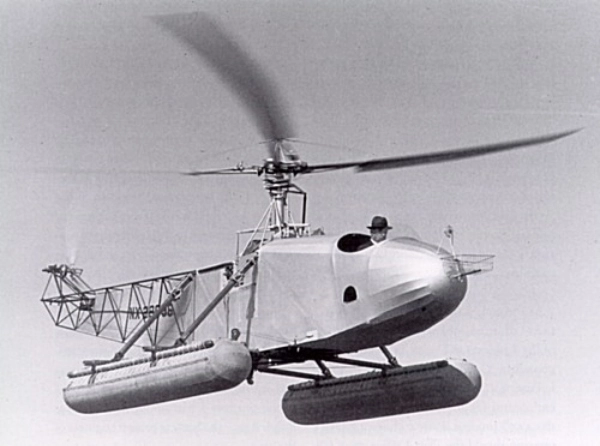
Beyond Milestones: Diving Deeper into Key Figures
Igor Sikorsky: A true visionary, Sikorsky’s relentless pursuit of practical helicopter design culminated in the VS-300, the first truly controllable helicopter. He went on to establish Sikorsky Aircraft, which today remains a leading manufacturer of iconic helicopters like the UH-60 Black Hawk and S-76.
Arthur Young: A key contributor to Sikorsky’s success, Young played a pivotal role in developing the cyclical pitch control system, a crucial innovation that enabled precise control of the helicopter’s rotor blades and maneuverability.
Stanley Hiller: Another prominent figure, Hiller is credited with developing the coaxial helicopter design, featuring two sets of counter-rotating blades that eliminated the need for a tail rotor. His company, Hiller Aircraft, produced several successful models, including the UH-12 used extensively during the Korean and Vietnam Wars.
These individuals, along with countless others, dedicated their expertise and passion to overcoming technical challenges and refining helicopter design, paving the way for the diverse and versatile helicopters we see today.
The Post-War Era: Innovation and Diversification
Following World War II, helicopter technology witnessed rapid advancements. Companies like Bell Helicopter, Leonardo (formerly AgustaWestland), Airbus Helicopters (formerly Eurocopter), and Sikorsky Helicopters emerged as key players, developing iconic models like:
- Bell Huey H-1 series: A versatile workhorse used extensively in military operations, search and rescue, and civilian applications.
- Agusta AW109 & AW139: Popular light and medium twin-engine helicopters known for their performance and efficiency, widely used in corporate transport, emergency medical services, and law enforcement.
- Sikorsky UH-60 Black Hawk: A multi-role military helicopter, now becoming available to the civilian market, renowned for its versatility and combat capabilities.
- Sikorsky S-76: A popular civilian helicopter known for its comfort, performance, and safety features, used for executive transport, offshore oil and gas operations, and search and rescue.
These helicopters, along with numerous others, found applications in various sectors, including:
- Medical Transport: Emergency / Critical patient transport.
- Disaster Response: Firefighting, Post-disaster evacuation, Disaster Relief
- Transportation: Passenger transport, tourism, and cargo logistics.
- Military: Combat operations, search and rescue, and medical evacuation.
- Law enforcement: Surveillance, patrol, and hostage rescue.
- Construction: Lifting heavy equipment and facilitating high-rise building operations.
- Media and entertainment: Aerial filming and photography.
“The helicopter has revolutionized the way we access remote areas, conduct critical operations, and save lives. Its versatility and maneuverability have made it an indispensable tool across various industries.”
Mike Schneider, Industry Expert
The Post-War Era: Innovation and Diversification
The impact of helicopters transcended specific industries. They became symbols of innovation, progress, and lifesaving capabilities. Here are some notable examples:
- Disaster Relief: Helicopters played a crucial role in rescue and relief efforts during natural disasters like earthquakes, floods, and hurricanes. Their ability to access remote areas and transport essential supplies and personnel proved invaluable in saving lives and alleviating suffering.
- Medical Evacuation: The rapid transport of critically ill or injured patients from remote locations to medical facilities became possible with the use of helicopters. This significantly improved survival rates and access to essential healthcare for individuals in geographically challenging areas.
- Search and Rescue: Helicopters are vital tools for search and rescue operations, enabling swift response to emergencies in mountains, forests, and at sea. Their ability to maneuver in difficult terrain and locate individuals in distress has saved countless lives.

Looking Ahead: The Future of Helicopter Technology
The future of helicopters promises continued innovation and advancements. Here are some exciting trends to watch:
- Electric and hybrid propulsion: Exploring alternative energy sources like electric and hybrid powertrains for cleaner and quieter operation, reducing environmental impact and noise pollution in urban areas.
- Autonomous flight: Utilizing advanced automation technologies like artificial intelligence and sensor fusion to assist pilots in tasks like navigation, obstacle avoidance, and landing, potentially increasing safety and efficiency.
- Urban air mobility: Integrating electric and autonomous helicopters into urban transportation systems for faster commutes, decongesting traffic, and creating new transportation options. This is a rapidly evolving field with significant potential to revolutionize urban mobility in the coming decades.
A Legacy of Innovation and a Promising Future
The story of the helicopter is a testament to human ingenuity and the relentless pursuit of achieving the seemingly impossible. From the early dreams of vertical flight to the diverse and sophisticated machines we see today, the journey has been filled with challenges, breakthroughs, and inspiring stories of dedication. As we look towards the future, the potential of electric, autonomous, and urban air mobility helicopters promises to further revolutionize various sectors and redefine the possibilities of flight. The legacy of innovation continues, and the future of helicopters holds immense potential to shape the way we live, work, and explore the world.
This brief exploration has hopefully provided a glimpse into the fascinating history of the helicopter. We encourage you to delve deeper into this captivating topic and discover the stories of the many individuals who have contributed to its remarkable evolution.
